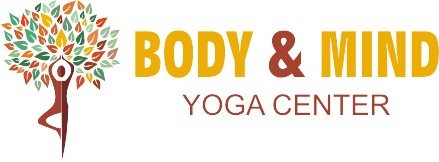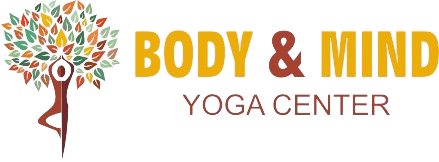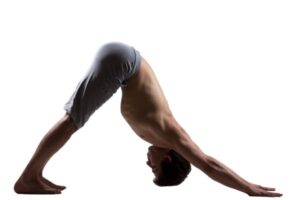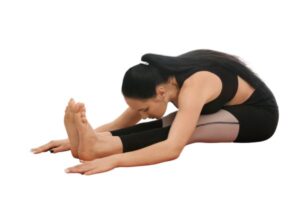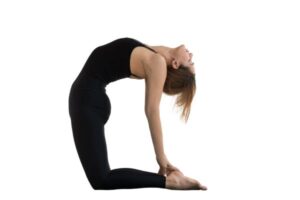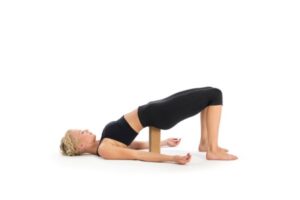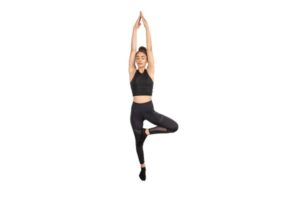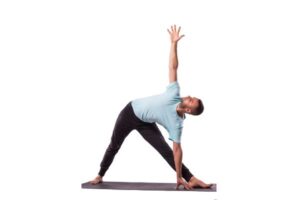Athletes are constantly pushing their bodies to the limit—training hard, competing with intensity, and aiming for peak performance. But amid all the running, lifting, swimming, and cycling, one essential practice often gets overlooked: yoga. Incorporating yoga into an athletic routine can be a game-changer, enhancing flexibility, strength, balance, and mental focus. Most importantly, yoga aids in injury prevention and faster recovery, helping athletes stay at the top of their game.
Why Should Athletes Practice Yoga?
Athletes often rely on repetitive motion and intense physical exertion, which can lead to muscle tightness, imbalances, and strain. While strength and endurance are crucial, flexibility, mobility, and mental focus are equally important—but often neglected.
Here’s how yoga fills that gap:
- Increases flexibility in muscles and joints.
- Enhances balance and coordination, improving overall performance.
- Improves breath control, which is key to endurance.
- Boosts mental focus and helps manage stress and anxiety.
- Accelerates recovery by improving circulation and relaxing the nervous system.
- Prevents injuries by correcting imbalances and improving range of motion.
In essence, yoga is not just about stretching—it’s about creating a balanced, agile, and resilient body, essential for every athlete.
7 Winning Yoga Poses for Athletes
Downward-Facing Dog (Adho Mukha Svanasana)
A foundational pose that stretches the hamstrings, calves, and shoulders, while strengthening the arms and core. It also helps relieve tension and improves circulation.
How to do it :
- Start on your hands and knees, with wrists under shoulders and knees under hips.
- Spread your fingers wide and press firmly into the mat.
- Tuck your toes under and lift your hips up and back.
- Straighten your legs (knees can stay slightly bent if needed).
- Press your heels toward the floor and keep your head relaxed between your arms.
Pigeon Pose (Eka Pada Rajakapotasana)
Opens the hips, stretches the glutes, and relieves lower back tension. Great for athletes with tight hip flexors.
How to do it :
- Start in a plank position.
- Bring your right knee forward toward your right wrist.
- Extend your left leg straight back, keeping your hips square.
- Lower your torso over your right leg, resting on your forearms or forehead.
- Hold the pose, then switch sides.
Seated Forward Fold (Paschimottanasana)
A deep stretch for the hamstrings, lower back, and calves. Also calms the mind and helps release tension.
How to do it :
- Sit with your legs extended straight in front of you.
- Inhale and raise your arms overhead.
- Exhale and hinge forward from the hips, reaching toward your feet.
- Keep your spine long and avoid rounding your back.
- Hold your feet, shins, or ankles, and relax into the stretch.
Camel Pose (Ustrasana)
Opens the chest, stretches the front body, and strengthens the back muscles. Improves posture and boosts energy.
How to do it :
- Kneel with knees hip-width apart and hands on your lower back.
- Inhale and lift your chest while pressing your hips forward.
- Exhale and reach your hands to your heels (or keep them on your back).
- Let your head gently drop back (if comfortable).
- Hold the pose, then slowly rise back up.
Bridge Pose (Setu Bandha Sarvangasana)
Strengthens the glutes, lower back, and hamstrings, while opening the chest and hip flexors. Helps with spinal alignment.
How to do it :
- Lie on your back with knees bent and feet hip-width apart.
- Press your feet into the mat and lift your hips.
- Keep your arms at your sides, palms facing down.
- Clasp your hands under your back (optional) and lift your chest.
- Hold, then slowly lower your hips back to the mat.
Tree Pose (Vrksasana)
Improves balance, strengthens the legs, and enhances focus. Engages core stability and promotes body awareness.
How to do it :
- Stand tall with feet together and arms at your sides.
- Shift weight onto your left foot and lift your right foot.
- Place your right foot on your inner thigh or calf (avoid the knee).
- Bring your palms together at your chest or extend arms overhead.
- Focus on a point for balance, then switch sides.
Triangle Pose (Trikonasana)
Stretches the hamstrings, hips, and spine, while strengthening the legs and core. Increases stability and improves posture.
How to do it :
- Stand with feet wide apart; turn your right foot out, left foot slightly in.
- Extend your arms parallel to the floor, palms facing down.
- Reach your right hand forward and tilt your body to the right.
- Place your right hand on your shin or the floor; lift your left arm up.
- Gaze up at your left hand, engage your core, then switch sides.
When is the Best Time for Athletes to Do Yoga?
Timing can maximize the benefits of yoga. Here are a few options:
Post-Workout Recovery
Gentle yoga after a workout helps to cool down, release tight muscles, and reduce soreness. Focus on long-held stretches and breathwork.
Pre-Workout Warm-Up
Dynamic yoga flows can help warm up the body, activate muscles, and improve mobility. Choose fluid movements and lighter stretches.
Rest Days or Cross-Training
Yoga on rest days promotes active recovery. It keeps the body moving while giving the muscles a break from intense strain.
Final Thoughts: Elevate Your Athletic Game with Yoga
Athletes often seek the edge that takes them from good to great—and yoga could be the missing piece in the puzzle. It doesn’t replace training but enhances it by promoting balance, resilience, and mind-body harmony. By integrating yoga into your routine—even just 15–30 minutes a few times a week—you’ll notice improvements in performance, mobility, mental clarity, and injury prevention.
At Body and Mind Yoga, we offer expert-led yoga classes in Dubai tailored to help you strengthen your body and sharpen your focus. Join our community and experience the transformative benefits of yoga designed with athletes in mind. Start your journey toward peak performance and holistic well-being today!
